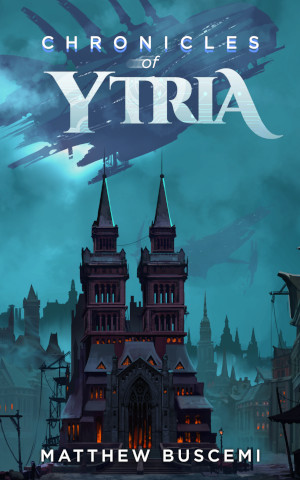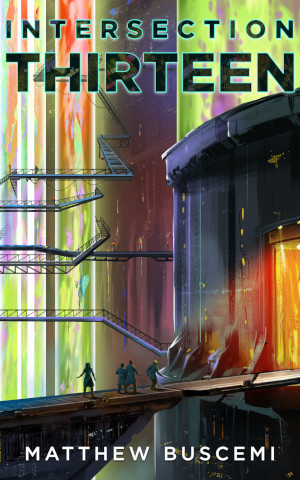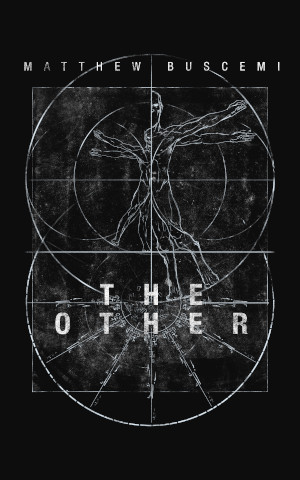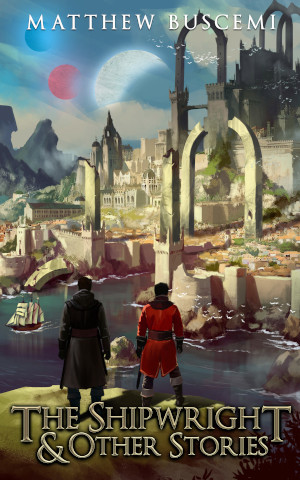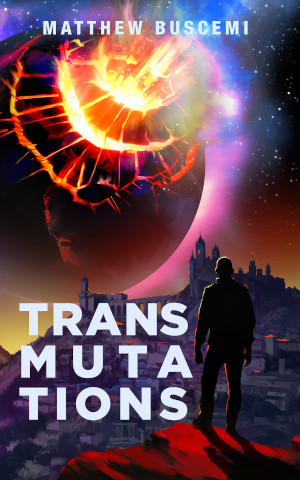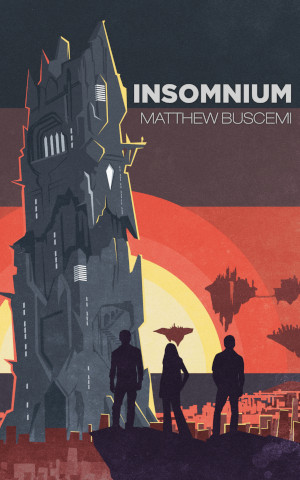Like Button
Friday, January 1, 2021 at 3:52am
I was recently reminded of another old favorite from my former writing group that I haven’t had to deal with in a great long while. The feedback follows this basic pattern: “Your protagonist isn’t likable enough. You put them in situation A, and they responded with behaviors B. See, I wouldn’t do that if put in that same situation. I would respond with behaviors C. I don’t like that they did that.”
Even in my earliest days of being most influenced by my former writing group, I didn’t let them alter Kal Anders’ behavior in Voyage Embarkation, at least in this way. I knew intuitively that his behavior was his and not anyone else’s, but I lost significant energy trying to figure out some way for Kal to remain himself while making him more likable to my writing group members. But, just as with high school cliques, deciding to adopt a group’s behaviors in order to gain its members’ appeal can easily lead to the wholesale adoption of the group’s values. A timeless human story prototype is the individual who adopts “likable” behaviors and only later realizes that they adopted beliefs, attitudes, and viewpoints as well without even realizing it.*
Ultimately, my argument here is going to come down not to a particular way of writing, but rather, a particular way of reading. Another way to summarize the feedback from that writing group member would be, “I only read books with protagonists I like, and a prerequisite for me liking your protagonist is that your protagonist must embody all my current values, attitudes, and beliefs. They must behave as I would.” The unspoken foundational support for this position is: “My current values are all perfect the way they are, and the world of literature is obligated to conform to all my existing beliefs and opinions.”
This is, in my opinion, a very bad way to read fiction.
Aristotle’s conception of “the mean,” or more appropriately, “measured response,” comes to mind. One extreme way to read is the way of my former writing group. All characters and behaviors are to conform to the attitudes and opinions that the reader already believes are good and correct. Characters whose behaviors deviate from that norm are deemed unlikable and not worthy of attention. The goal of a narrative becomes solely to reinforce the beliefs and opinions such a reader has already decided are true. The goal of the author, in this model, is to form a text that reinforces and justifies the values, attitudes, and beliefs that readers hold.
The opposite position is also possible (although, I’m convinced, far less prevalent). This would be one in a which a reader, open to every possible belief and opinion, decides that they like every possible character, ever possible decision, every possible narrative arrangement. Such a reader would approach each work tabula rasa, open to whatever concepts it desires to imprint onto their psyche. In this model, the author can write absolutely anything, for the reader has no inhibitions at all about what they consume.
The healthy approach, to my mind, is always somewhere between these two extremes. Readers should not be closed to new perspectives, novel beliefs, and alternate ways of viewing the world, most of all in science fiction and fantasy, for therein lies the genres’ strength. However, readers also need to maintain a healthy level of skepticism and hold certain positions and values dearly, even if they are ultimately open to revision given enough supporting evidence. Otherwise the reader will be open to any ideology, even unhealthy and dangerous ones.
If you are a writer, and a feedback giver tells you that they “don’t like something,” be sure also to interrogate why. The underlying motivations could be the ones I’ve described, but they could also easily be something else entirely.
* For an excellent dramatic depiction of this process, see the film Mean Girls.
